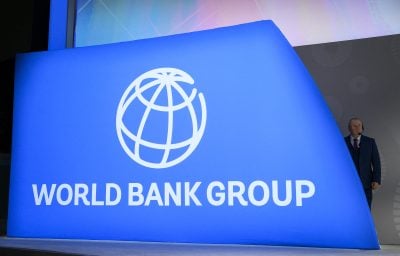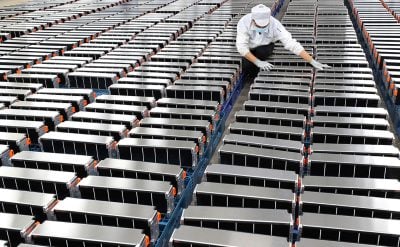Equatorial Guinea: As in almost all other parts of Africa, the agriculture sector could provide much-needed employment and improvements in production techniques could greatly benefit the bulk of the population who are employed in crop cultivation.
According to figures from the Food and Agriculture Organisation (FAO), only about 10% of the country’s 2,805,000 hectares are actually cultivated.
As in other parts of Africa, bumper revenues from the oil and gas sector has limited interest in agriculture for many years. Cocoa and coffee production is lower today than 50 years ago and most people are still employed in subsistence farming. Cocoa cultivation is concentrated along the coast of Bioko and in the north of Rio Muni. Output has not increased in line with that of other major producers, such as Ghana and Côte d’Ivoire.
Coffee growing is another option in northern Rio Muni and also in northern Bioko. The main commercial crop on Annobón is oil palm.
Corn, yams, manioc, bananas, rice and coconuts are all grown for local consumption, although basic foodstuffs are also imported from Cameroon.
It is estimated that the country imports 70% of its food requirements. This dependency may increase as a result of the promotion of export crops, such as cocoa and coffee, over subsistence farming. Indeed, agriculture, forestry and fishing currently accounts for just 1.2% of GDP. Current fish production stands at 4,000 tonnes a year but the government argues that 75,000 tonnes a year would be sustainable.
Farmers would benefit from support in the form of advice and possibly financial support for new strains of seeds and tools, plus the creation of cooperatives.
Greater monitoring of environmental conditions would also be helpful. For instance, the introduction of a monitored and regulated replanting programme would help to guarantee the viability of the forestry sector, as well as assisting in more general environmental protection. Some areas of primary rainforest have now become scrubland.
Want to continue reading? Subscribe today.
You've read all your free articles for this month! Subscribe now to enjoy full access to our content.
Digital Monthly
£8.00 / month
Receive full unlimited access to our articles, opinions, podcasts and more.
Digital Yearly
£70.00 / year
Our best value offer - save £26 and gain access to all of our digital content for an entire year!
 Sign in with Google
Sign in with Google 


